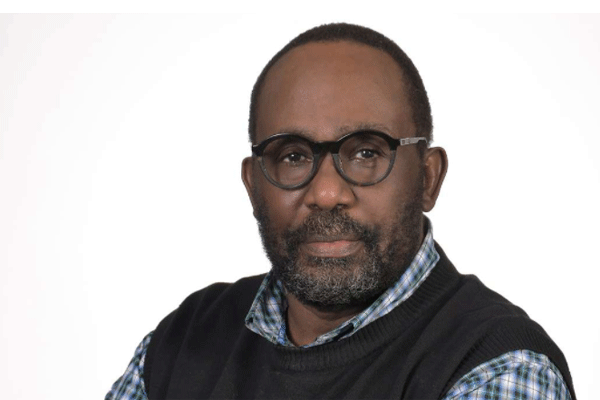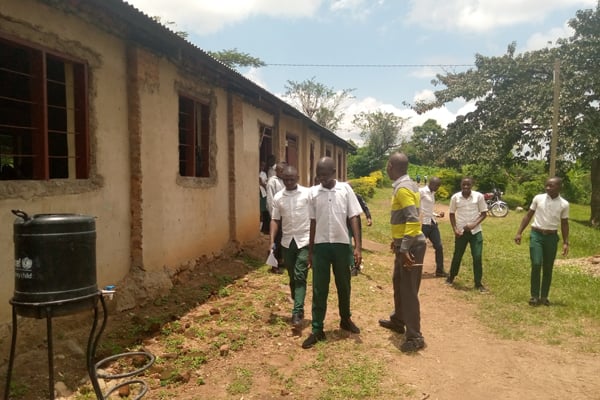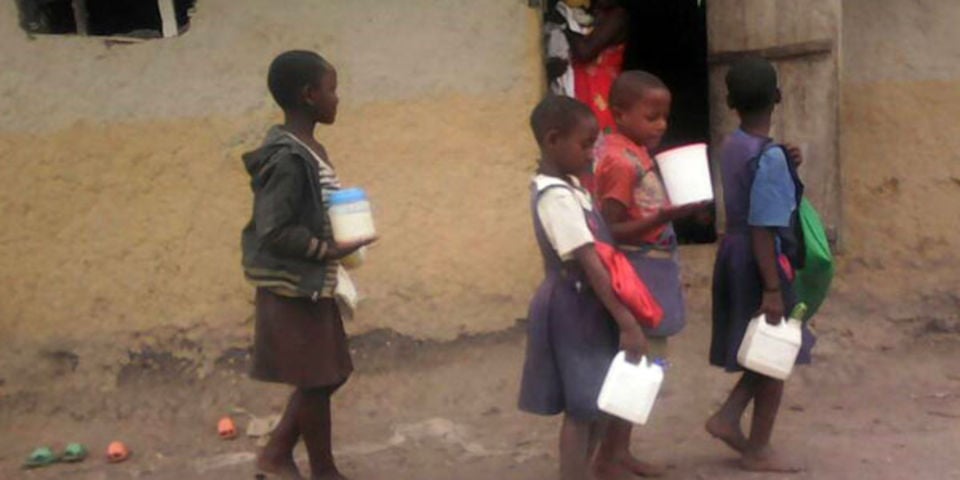Prime
The education disaster and the State can’t save it

Author: Charles Onyango Obbo. PHOTO/FILE
What you need to know:
A while back, there was an intriguing story in The East African weekly paper. Government schools in Rwanda had become so much better, and they were driving private ones out of business
On Monday, the Daily Monitor had what, on the face of it, was a depressing story about a primary school in Bukedea.
It reported that six classes share one open room at the dilapidated Acomai Primary School in the north-eastern Uganda district. Six teachers take turns to teach about 150 pupils of the government-aided Acomai Primary School, which has been housed in a makeshift structure for more than 10 years.
Separated by barely a metre, the teaching and noises from the classes interfere with each other. When it rains, the area floods, and the school is inaccessible. The students spend time fishing in a muddy river nearby. As of the reporting time, water had filled the sole pit-latrine at the school.
For all that, Acomai Primary School isn’t the worst in the country. In the last few years, the media - and social media – have been full of stories of worse, poor learning conditions, including classes held among the bushes.
Acomai Primary School is ultimately a mirror of the state of other institutions like Prisons, accommodation for Police, the rank and file of the Uganda People’s Defence who live in near-Stone Age conditions, and the state of many government hospitals.
In turn, the dismal picture of these institutions reveals a lot about Uganda and points to possible solutions. To see how that is so, we need to go to our neighbours to the east, Kenya, and the west, Rwanda.
Kenya is a country where the people demand a lot from their government and judge it harshly. But if you tune to the signal instead of the noise, it has made remarkable progress in several areas. For example, Kenya has achieved the elusive 1:1 Book Ratio in all public primary and secondary schools. Between 2013 and 2021, it recruited an additional 107,208 teachers, comprising 54,775 primary school teachers and 52,453 secondary school teachers. And, today, over 90 percent of its schools are connected to electricity.
And on to Rwanda. A while back, there was an intriguing story in The East African weekly paper. Government schools in Rwanda had become so much better, and they were driving private ones out of business. The East African quoted Rwanda’s private school leaders pleading with the government to save them. Without saying it, the structural solution would have been to lower the standards and quality of service the State offers in its schools!
Last week, Rwanda doubled the salaries of primary school teachers and raised secondary school teachers’ salaries by 50 percent.
And needless to say, the difference between Rwanda and Ugandan Police and army accommodations is like day and night. Sandwiched between these two countries, we are totally unable to offer similar services in education today. It wasn’t always this way. We were far-out regional leaders once, but we changed. How?
One person who helped me appreciate that change is American journalist Marguerite Michaels. Michaels travelled to Uganda frequently in the mid and late 1990s to report on the country for TIME magazine. She was fascinated by it.
One time, sitting in my office at the Monitor, she asked if she could offer an opinion she had formed of Uganda over the years and requested that I not be offended by the comparison she was going to make. She said of all the many countries she had covered around the world, Uganda most resembled America.
I wasn’t offended. I was surprised. She said it wasn’t in the superficial things but deep in its spirit and soul. There was a strong do-it-yourself spirit in the country and a deep desire by the people for the government to keep out of their faces. Uganda, she said, specifically reminded her more of Texas than the generic USA. And along with that, outside the big infrastructure and security architecture, the government was built in such a way that it was unable to deliver on the fine things and goodies to make society work. She said these were being delivered by the private sector and society better than in most countries she had visited.
That was the time when the whole of East Africa trooped to send their children to private schools in Uganda. The tide has since turned, unfortunately.
The Uganda government, then, cannot deliver quality schools and education or health anymore. Unlike Kenya or Rwanda, it would probably still fail even if it had the money and political will. That is because it might no longer be possible for the Ugandan state (even if the NRM didn’t lead it) to provide a good education service.
For the education sector to get its groove back, it would require a very different role for the government. What might it be? And how come state incompetence in dealing with education or offering the Police, soldiers – or indeed nurses - decent accommodation is now part of the Ugandan state’s DNA? Next week we throw a stone in that bush and see what comes out.
Mr Onyango-Obbo is a journalist, writer and curator of the “Wall of Great Africans”.
Twitter@cobbo3





